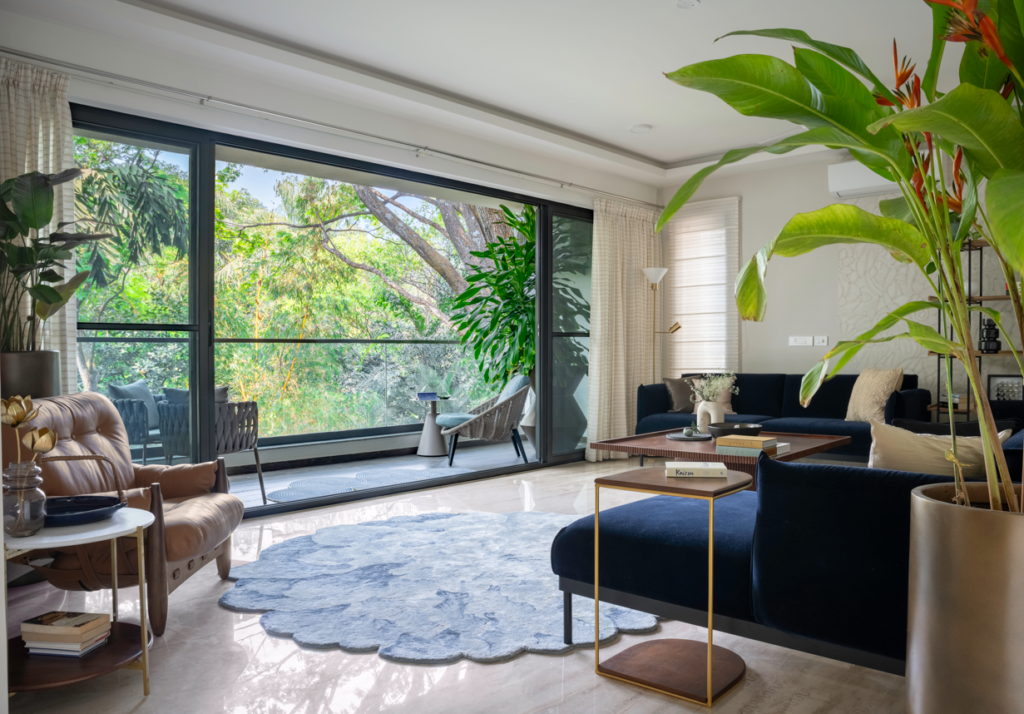The middle class is now willing to pay more for homes

Today’s consumer is increasingly aware of the importance of sustainability and is seeking more environmental stewardship from companies. Data reinforces this growing preference in Indian real estate, with a 30% increase in demand for green homes in major Indian cities over the past five years. The preference for green homes is so high that middle-income residents in Tier I cities are willing to pay an extra 5-10% for sustainable living, while companies are showing a readiness to invest up to 15% more in green-certified buildings.
The benefits of sustainable homes
Experts have said that the growing demand for eco-conscious homes is due to the confluence of two factors – the Indian youths being more environmentally conscious than before, as well as green funding being more readily available for sustainable projects. Green homes have also gained popularity in India over the years because they boast significant reductions in energy consumption and water usage, which also translates to long-term cost benefits. These properties often command a “green premium” with higher rental income and property values, offering a secure and profitable investment opportunity. This uptick is fuelled by a growing segment of discerning premium buyers who prioritise sustainability, wellness, and energy efficiency when making purchasing decisions. Government initiatives and green certifications have also pushed this movement further.
The green home landscape in India
Research suggests that Bengaluru boasts the largest number of green-certified buildings in India, with Delhi NCR in second place and Hyderabad, Mumbai, Chennai, and Pune following that. Moreover, Bengaluru’s reputation as a liveable city, characterised by its pleasant weather, ample green spaces, and vibrant cosmopolitan culture, has further bolstered its appeal among prospective sustainable home buyers. On a city level, the Bruhat Bengaluru Mahanagara Palike (BBMP) has initiated a comprehensive project to revamp 20 major junctions with a budget of Rs 20 crore. This initiative is a testament to the city’s commitment to sustainable urban development and environmental enhancement, aiming to inject greenery and eco-friendly practices into these key areas.
Sustainability trends in Bengaluru real estate
The contemporary luxury home buyer knows that green buildings can reduce energy consumption by 20-30% and water usage by 30-50%, while also having a lower carbon impact compared to traditional structures. Although green homes can cost 15% more than traditional structures, integrating energy efficiency into the design can reduce costs in the long term. In response to this, forward-thinking developers are exploring the use of more eco-conscious construction materials such as wire-cut bricks, fly ash, corten steel, and bamboo. These materials offer a timeless appeal, require minimal maintenance, and facilitate sustainable development that will last the test of time.
Innovative concepts like co-living and co-working spaces are also reshaping Bengaluru’s real estate landscape, catering to young urban professionals seeking affordable, convenient, and socially engaging housing options. By prioritising sustainability and incorporating natural elements such as shared gardens and rooftop green areas, these living and working environments foster an eco-friendlier lifestyle. The rise of co-living spaces in Bengaluru has been remarkable, aligning with global trends – the global co-living market is expected to grow from $7.2 billion in 2018 to 15.9 billion by 2025, with a compound annual growth rate (CAGR) of 11.4 percent. Meanwhile, the Indian co-living market in India is expected to grow at a CAGR of 17% from 2020 to 2025.
Another growing trend in sustainable real estate is biophilic design, which reconnects urban dwellers with nature. This approach incorporates elements such as repurposed wood, greenery, and larger windows to blur the boundaries between indoor and outdoor living. Design supported by nature is known to enhance mental well-being and productivity, while the presence of water has several health benefits such as reduced stress, positive emotional responsiveness, and improved concentration, among a host of others. Studies have shown that biophilic design can improve occupant well-being by 15%and reduce energy costs by up to 30 percent. Biophilic design can also significantly improve air quality while reducing energy consumption, contributing to a sustainable future.
Fostering sustainable goals
Sustainability should be the cornerstone of modern design as it continues to gain favour among homebuyers. Featuring state-of-the-art energy-efficient systems, rainwater harvesting, and expansive green spaces are only a few of the many ways luxury real estate projects in Bangalore can pull through on their sustainability goals.
In conclusion, the transformation of Bengaluru’s real estate landscape is a testament to the growing importance of sustainability in luxury living. As the demand for green properties continues to rise, developers must prioritise eco-friendly practices to meet the expectations of discerning homebuyers and align with global emissions reduction goals.



